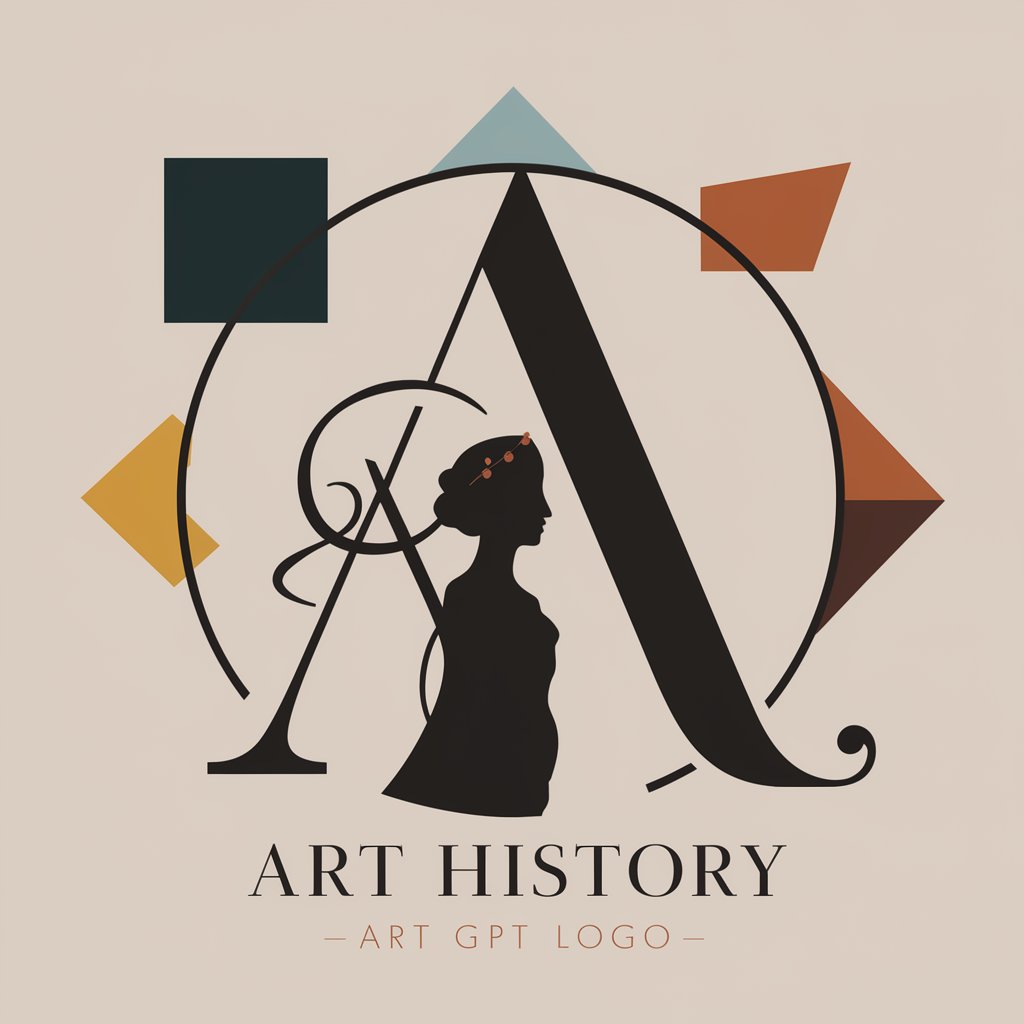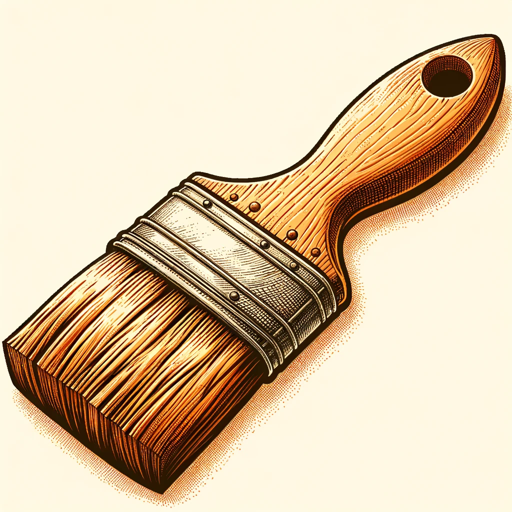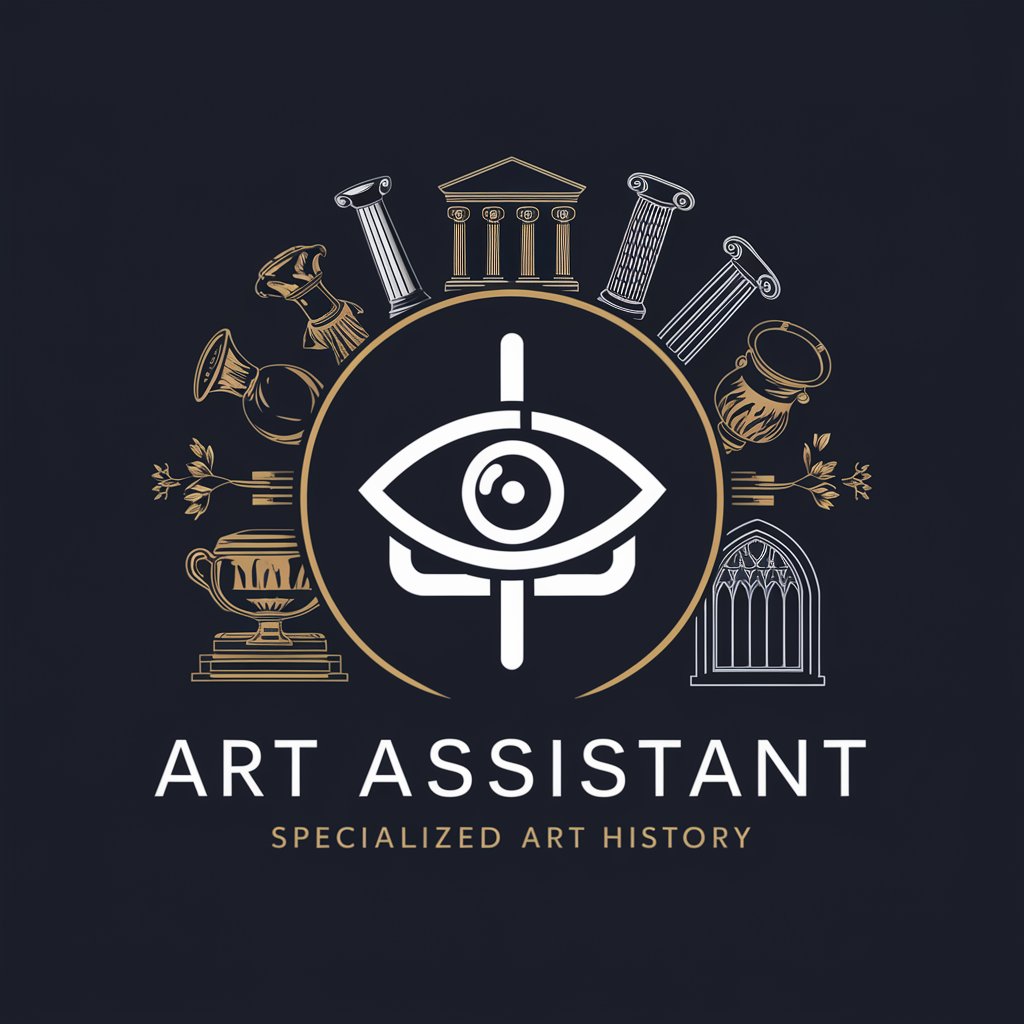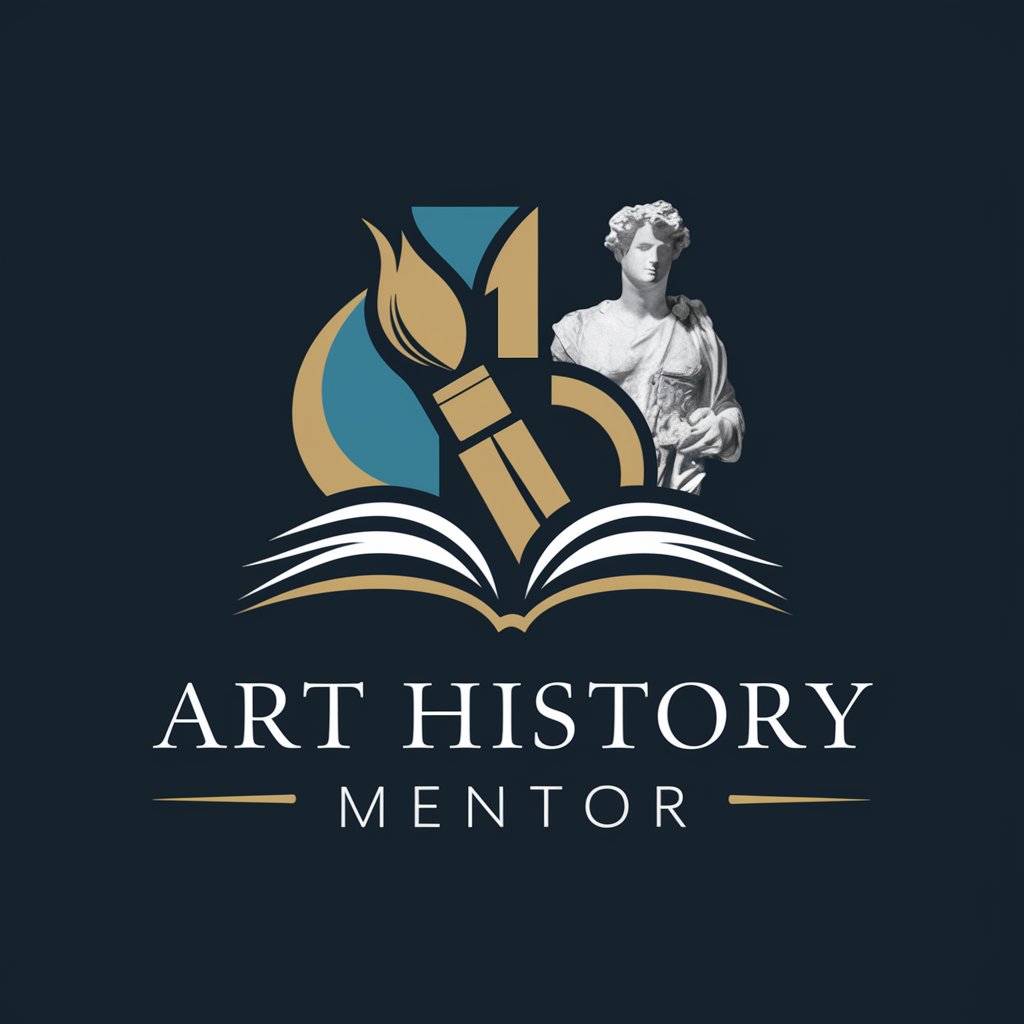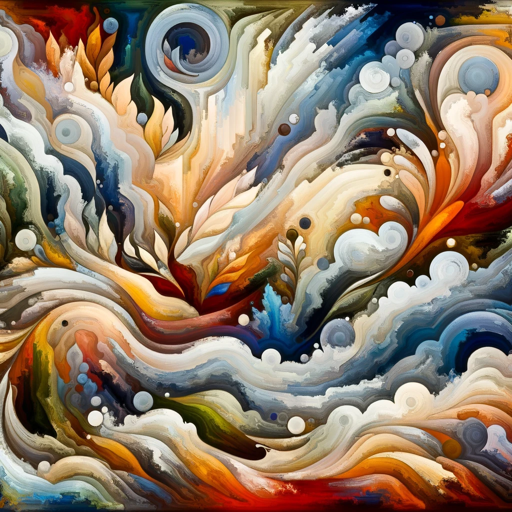
Art History - Access to Art Historical Insights
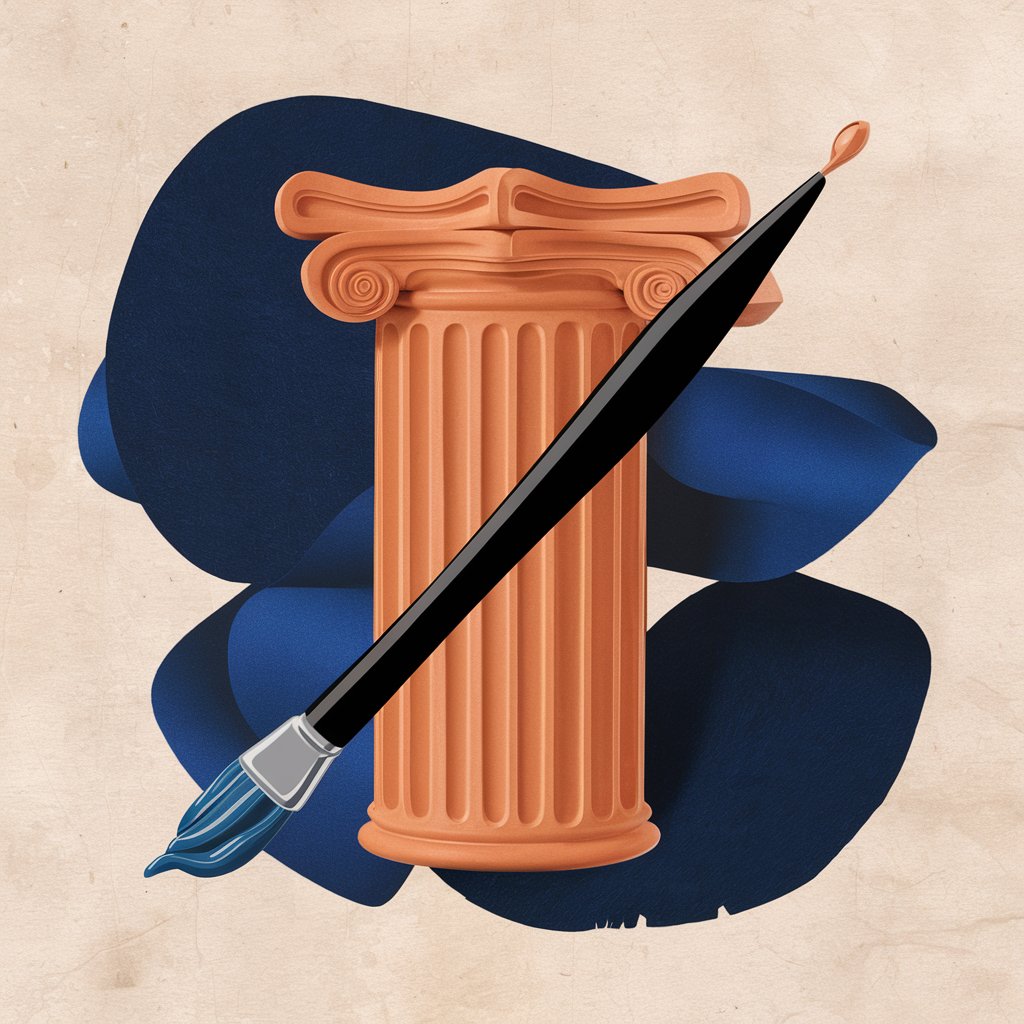
Welcome to Art History GPT, your guide to the world of art's rich history and context.
Exploring Art's Past, Powering Creativity
Discuss the key characteristics of the Baroque art movement.
Explain the impact of the Renaissance on European art and culture.
Describe the differences between Impressionism and Post-Impressionism.
Analyze the significance of the use of light in Caravaggio's paintings.
Get Embed Code
Understanding Art History GPT
Art History GPT is a specialized digital assistant designed to offer in-depth knowledge and insights into the rich and diverse world of art history. It encompasses a broad spectrum of information covering various art forms including painting, sculpture, architecture, and more. This GPT is adept at providing academic-level explanations, historical context, and detailed analyses of artistic movements, styles, and individual works of art. For example, it can elucidate the characteristics of Renaissance art, dissect the significance of the Impressionist movement, or offer a comprehensive review of Michelangelo's contributions to art and architecture. Its design purpose is to serve as a reliable, informative resource for understanding the evolution of visual art, its cultural and historical significance, and the impact it has had on society over the centuries. Powered by ChatGPT-4o。

Core Functions of Art History GPT
Educational Resource
Example
Providing detailed explanations on the development of Western art, from Classical Antiquity through to Contemporary art.
Scenario
A student preparing for an art history exam uses Art History GPT to understand the transition from Rococo to Neoclassicism, including key artists, artworks, and historical context.
Art Analysis
Example
Analyzing the iconography of a Renaissance painting, detailing the symbolism, use of color, and composition.
Scenario
An art enthusiast curious about the hidden meanings in Hieronymus Bosch's 'The Garden of Earthly Delights' consults Art History GPT for an in-depth analysis.
Research Assistance
Example
Assisting in the compilation of scholarly articles or papers on specific art movements or artists.
Scenario
A researcher working on a paper about the influence of Japanese art on Impressionist painters uses Art History GPT to gather information on key examples and critical analysis.
Who Benefits from Art History GPT?
Art Students
Art students at various levels of study can leverage Art History GPT for exam preparation, essay writing, and gaining a deeper understanding of art history. The GPT's comprehensive knowledge base and academic tone make it an ideal study companion.
Art Enthusiasts
Individuals with a keen interest in art who wish to expand their knowledge about different art periods, styles, and artists. Art History GPT offers them a way to explore art history in depth, enhancing their appreciation and understanding of art.
Researchers and Academics
Professionals in the field of art history, including researchers, academics, and curators, who require detailed information and analyses for their work. Art History GPT can assist in providing scholarly content, facilitating research, and offering insights into complex art historical queries.

How to Use Art History Effectively
Begin with a Free Trial
Initiate your journey into the depths of art history by accessing a free trial on yeschat.ai, which requires no login or subscription to ChatGPT Plus.
Identify Your Focus
Determine the specific area of art history you are interested in exploring, whether it be a particular movement, period, artist, or artwork.
Utilize Search Features
Employ the search functionality to navigate through the extensive database of art historical information available, using keywords related to your area of interest.
Engage with Content
Read through the provided articles, analyses, and insights to gain a deeper understanding of the context, significance, and impact of the art that interests you.
Apply Your Knowledge
Use what you have learned for academic writing, presentations, or to enhance your appreciation and understanding of art, applying insights in practical or theoretical contexts.
Try other advanced and practical GPTs
Art Conservation
Preserving Art with AI-Powered Insights
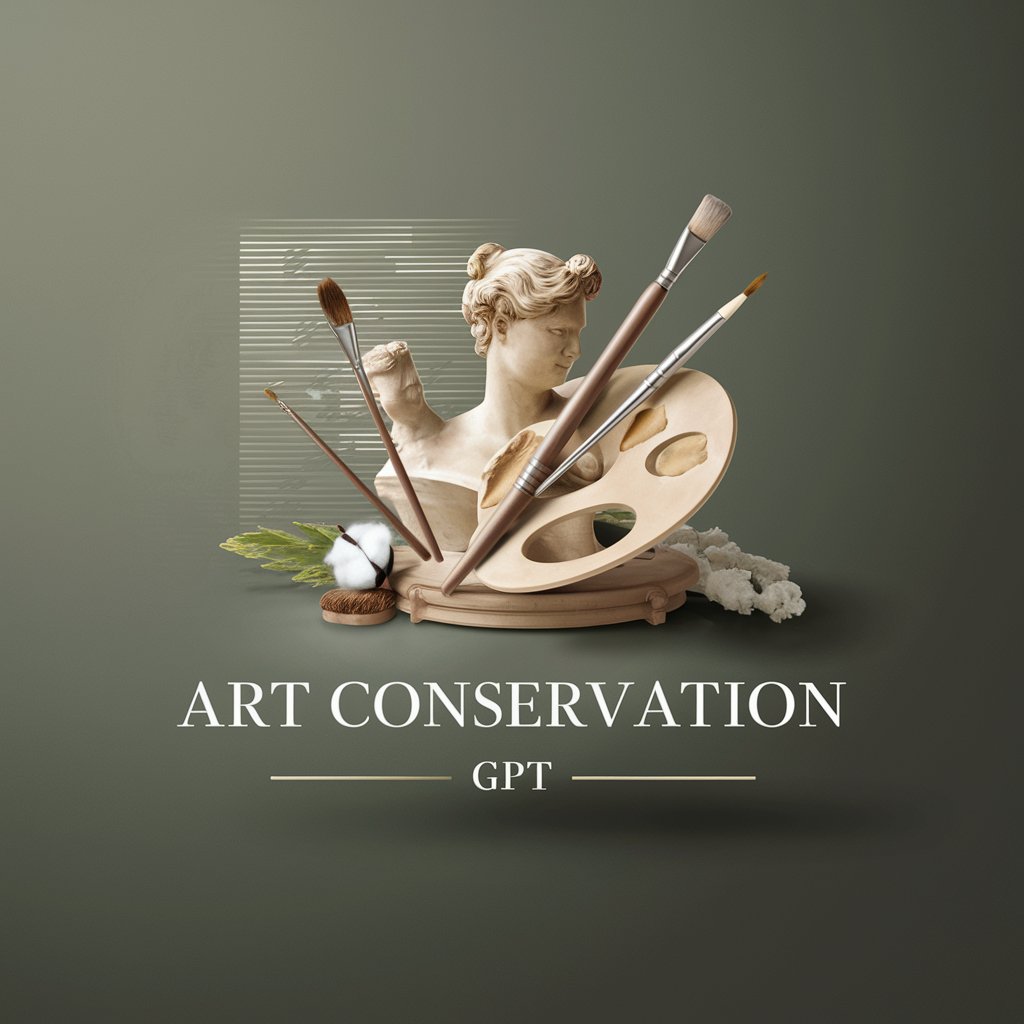
Simpsonize Me
Turn yourself into a Simpson, instantly!
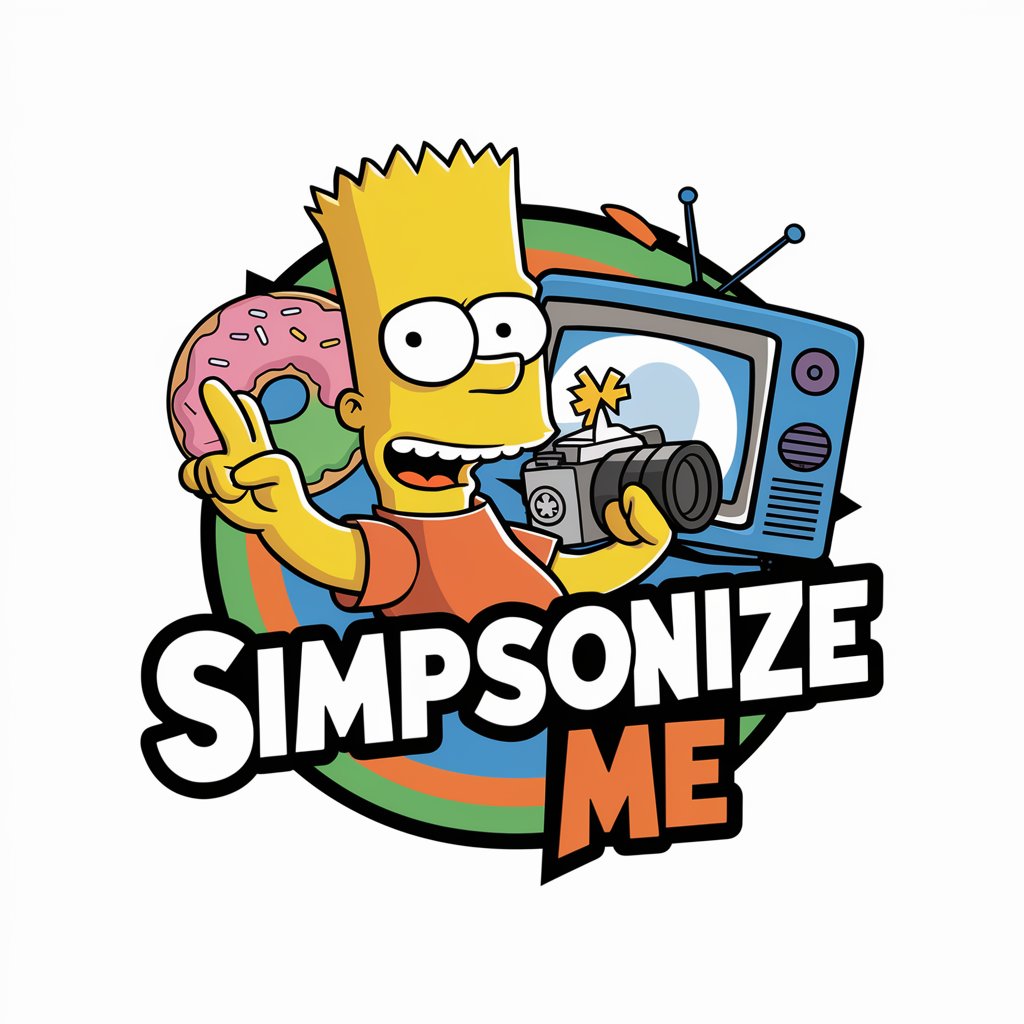
Bandogpt
Unlock insights from documents effortlessly

GemstoneGPT
Unearth the Splendor of AI-Crafted Gemstones
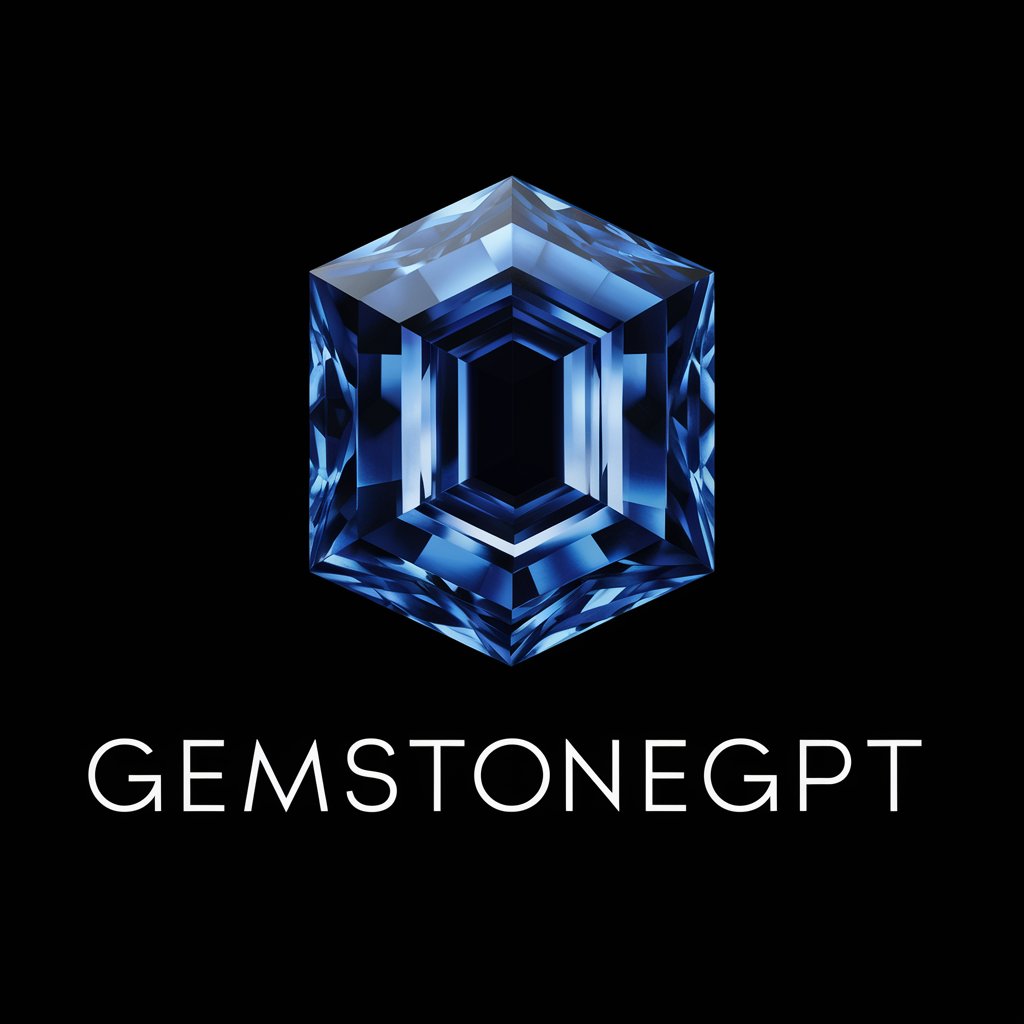
Art Gallery
Explore Art with AI Insight

Conceptuality 🔗
AI-powered creative content made simple

CommercialW
Experience AI-Powered Personalized Reviews

Linguo
Enhancing clarity with AI-powered precision
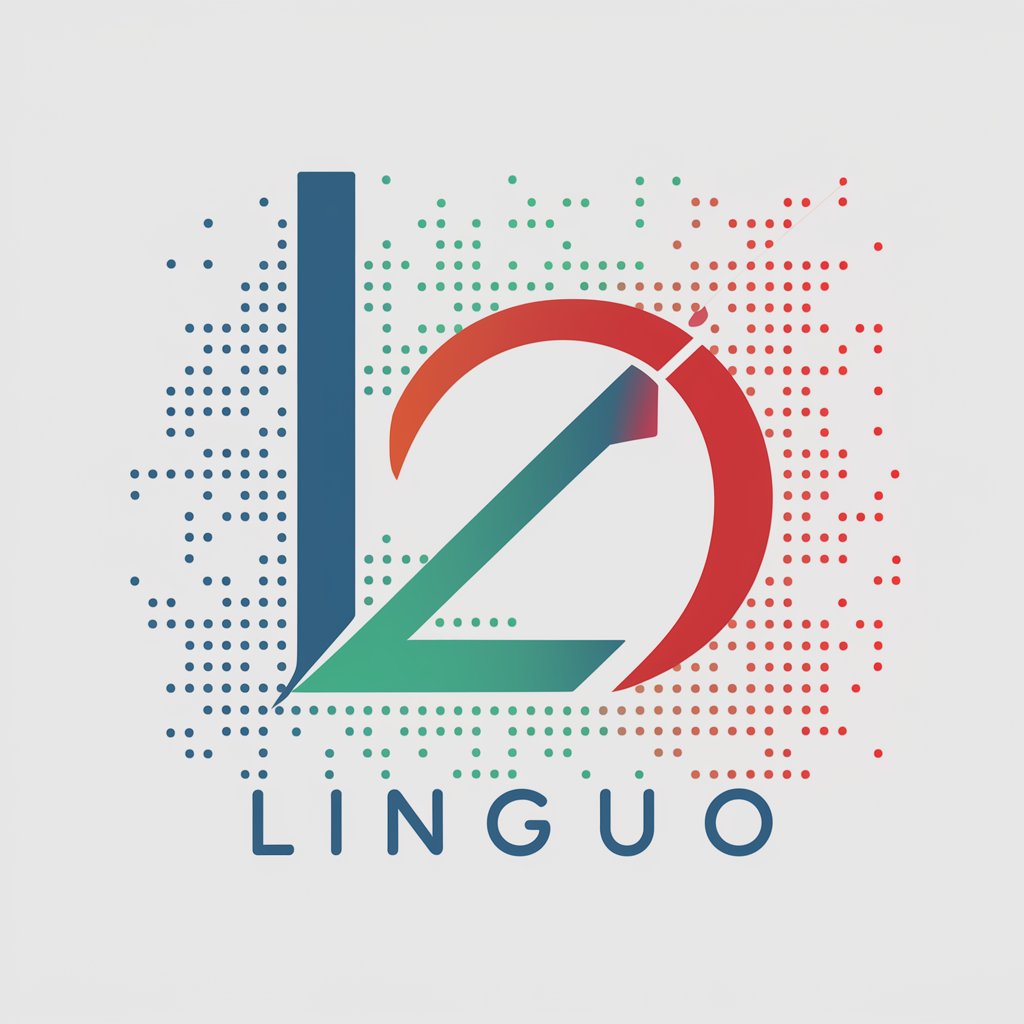
Dad
Your Digital Dad for Emotional Support

Code Bot Engineer
Empowering Robotics Innovation with AI

ConvertisMoi
Transform Files Seamlessly with AI

Pieter
Elevate your online presence with AI-powered marketing insights

Frequently Asked Questions about Art History
What can Art History teach me about specific art movements?
Art History offers detailed explorations of various art movements, including their origins, key characteristics, notable artists, and influential works. It provides contextual understanding that helps appreciate the movement's impact on the broader art world.
How can I use Art History to improve my academic research?
You can leverage Art History to access a wealth of academic resources, including analyses of artworks, biographies of artists, and in-depth discussions on different periods. This can enrich your research with authoritative insights and references.
Can Art History help me with art appreciation?
Absolutely. By offering comprehensive details on the context, techniques, and significance of various artworks and movements, Art History enhances your ability to critically engage with and appreciate art on a deeper level.
Is Art History useful for artists?
Yes, artists can gain inspiration, learn different techniques, and understand the historical development of styles and movements through Art History, thereby informing and enriching their own creative practice.
How can educators use Art History?
Educators can utilize Art History as a teaching resource, providing students with access to a vast array of information on art history, thereby facilitating a more engaging and comprehensive learning experience.
